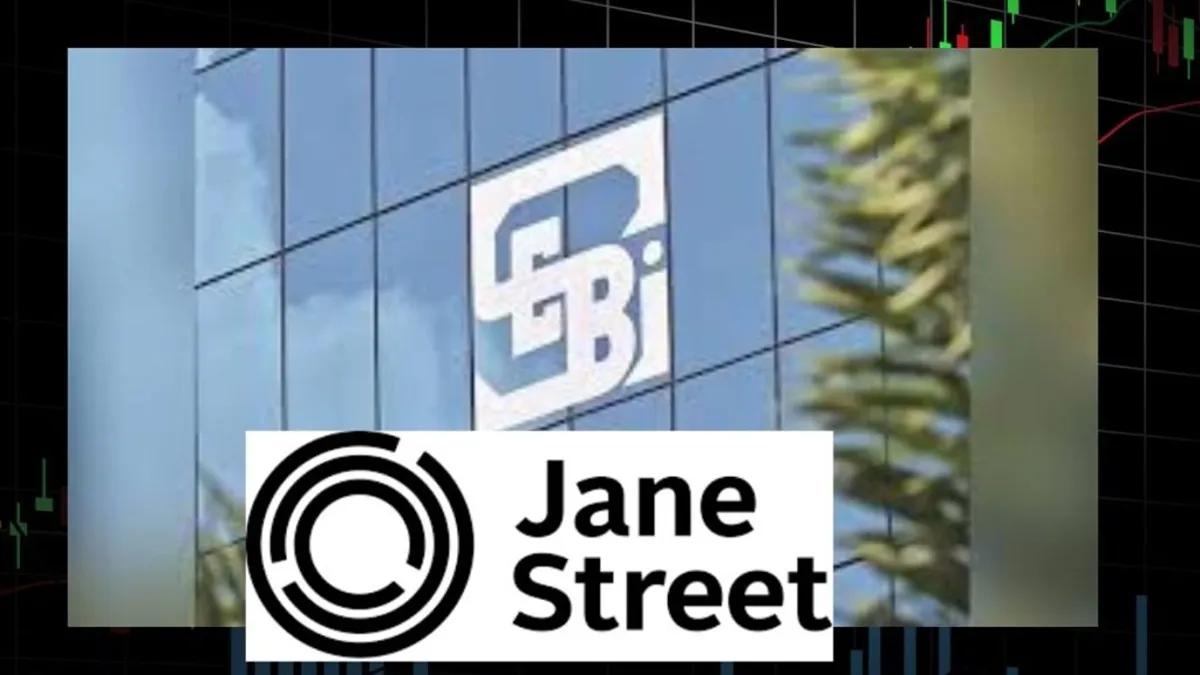 Image Source: Financial Express
Image Source: Financial Express
India’s derivatives market has witnessed a sharp 20% drop in volumes, but experts say the Securities and Exchange Board of India’s (SEBI) interim ban on Jane Street is only part of the story. A combination of regulatory changes, cautious trading sentiment, and reduced high-frequency activity is reshaping the F&O landscape.
Key Factors Behind the Decline:
SEBI’s Ban on Jane Street
On July 4, SEBI barred Jane Street from trading in Indian markets, citing manipulative strategies like intraday index distortion and expiry-day price engineering.
The firm allegedly earned unlawful gains of ₹4,843 crore, prompting a regulatory clampdown that disrupted liquidity and narrowed bid-ask spreads.
Trader Sentiment and Market Caution
Many traders adopted a wait-and-watch approach, wary of attracting regulatory scrutiny.
High-frequency traders and arbitrageurs scaled back aggressive positions, leading to muted activity in Nifty and Bank Nifty contracts.
New F&O Rules Effective July 1
SEBI introduced tighter position limits and revised open interest caps for FPIs and index options.
Weekly expiry days were altered, and stock-specific exposure thresholds were recalibrated to align derivatives with cash market dynamics.
Market Impact:
Derivatives turnover hit multi-month lows, with weekly expiry volumes down nearly 45% compared to historical averages.
Liquidity providers exited key strikes, increasing trading costs and reducing efficiency for institutional players.
Outlook: While the short-term disruption is evident, analysts expect normalization as new players adapt and regulatory clarity improves. The long-term health of India’s derivatives market hinges on balancing oversight with innovation.
Sources: Financial Express, Moneycontrol, Business Today
Advertisement
STORIES YOU MAY LIKE
 Image Source: India.com
Image Source: India.com
 Image Source: Hindustan
Image Source: Hindustan
Advertisement



